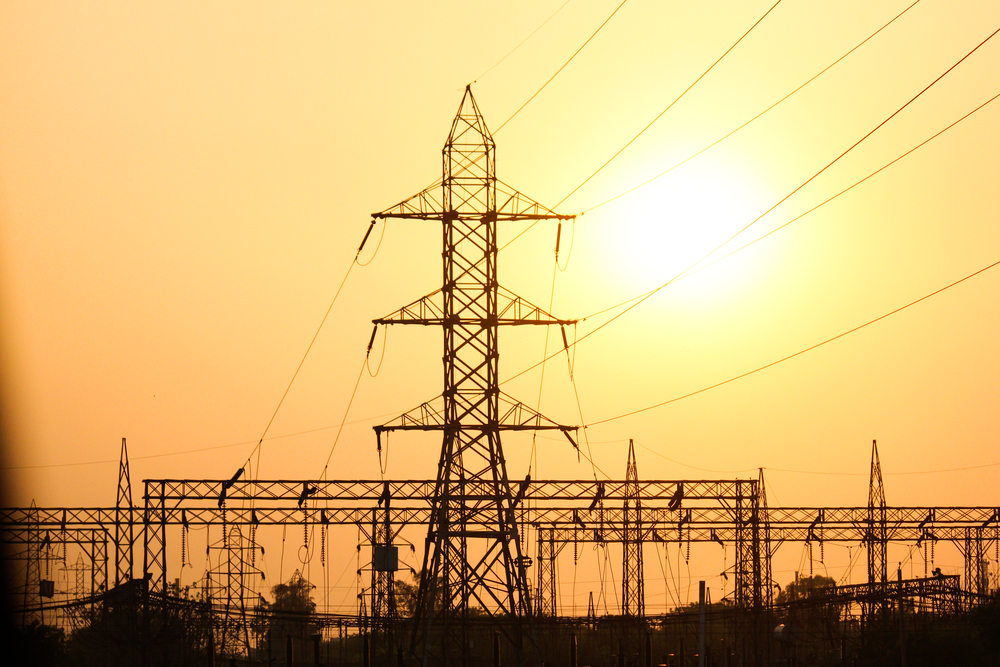In a major respite to Meghalaya citizens, load shedding hours have been reduced from eight to two hours after the state government was able to attain around 40MW of power from the National Thermal Power Corporation (NTPC).
Making the announcement on Monday, chief minister Conrad K. Sangma said around Rs 13 crore was paid to the corporation to gain the 40MW of power.
He said the load shedding hours would be enforced at night.
Earlier, under the power banking system, states would provide power to other agencies. In turn, the states would take back the power when they require it.
However, the Centre changed the guidelines making it mandatory to pay in cash before they can take power from any agency. Meghalaya had already given power to the NTPC in June-July last year before the guidelines were changed.
The state’s power woes began after problems developed at the Palatana power plant in Tripura where the state’s share was around 30MW.
Adding to the woes was the failure at the Kupli power project from which the state used to draw about 20MW.
Conrad said the unrestricted power demand currently in the state was around 600MW, but the Umïam and Leshka power projects could generate only about 300MW. The deficit of 300MW is met from other power corporations.
To reform the power sector, Conrad urged consumers to pay their dues on time. Currently, the dues owed to the Meghalaya Energy Corporation Limited is around Rs 181 crore. These include industrial, commercial and domestic consumers.
Moreover, he said there were 16 power projects, which are at different stages of implementation. These projects include 740MW of thermal, 801MW of hydro and 96MW of solar energy. They have been facing delays because of problems in land acquisition and preparation of detailed project reports.
Conrad said around 121 government offices will soon be utilising solar energy with net metering.
Under net metering, electricity generated by the Solar Rooftop System is first utilised by the consumer to meet their internal/captive requirements.
Excess electricity, if any, is exported to the grid. Subsequently, when the consumer imports power from the grid, the exports are adjusted against the imports, lowering the electricity bill.
The first building to be in the net metering system along with the solar energy will be the chief minister’s bungalow.










